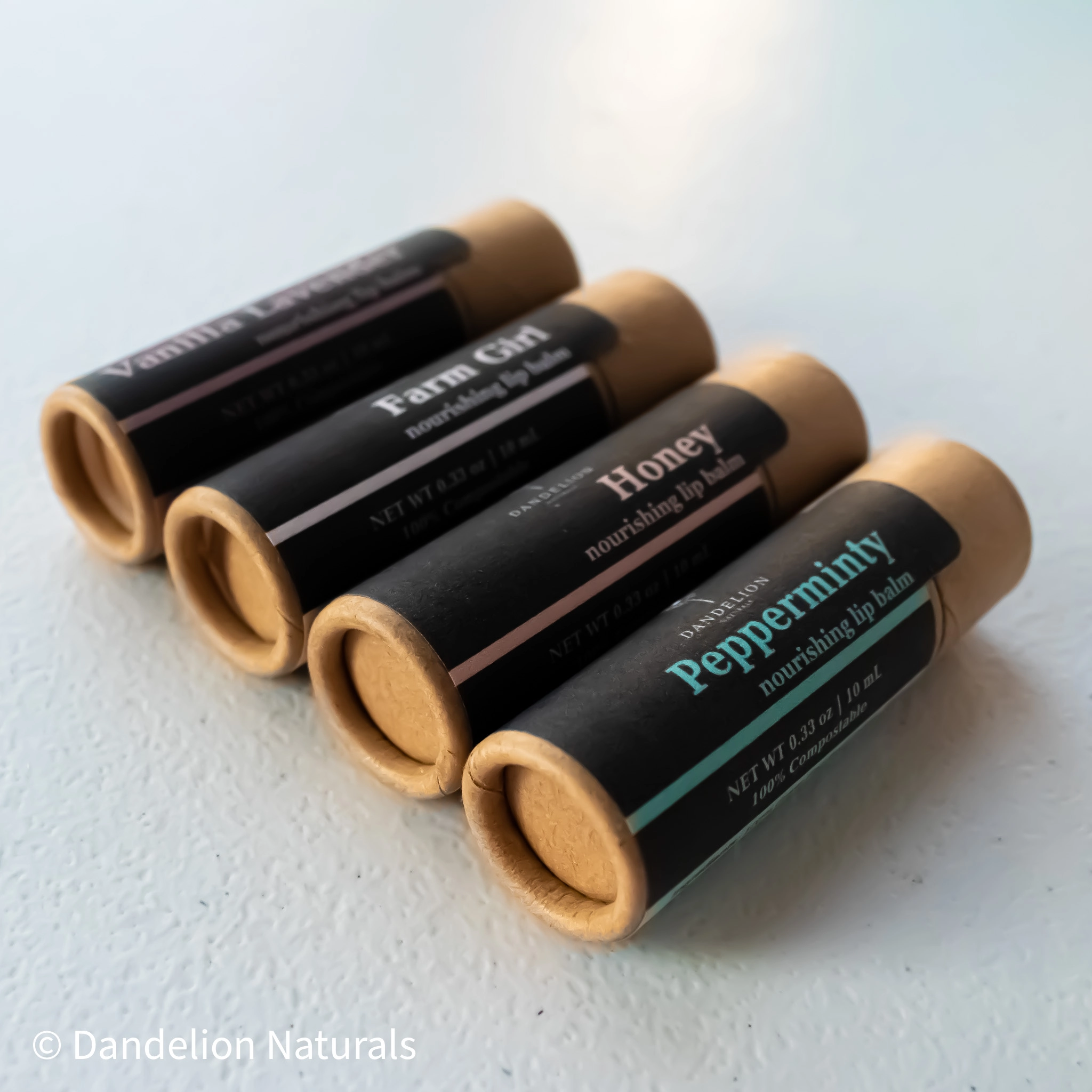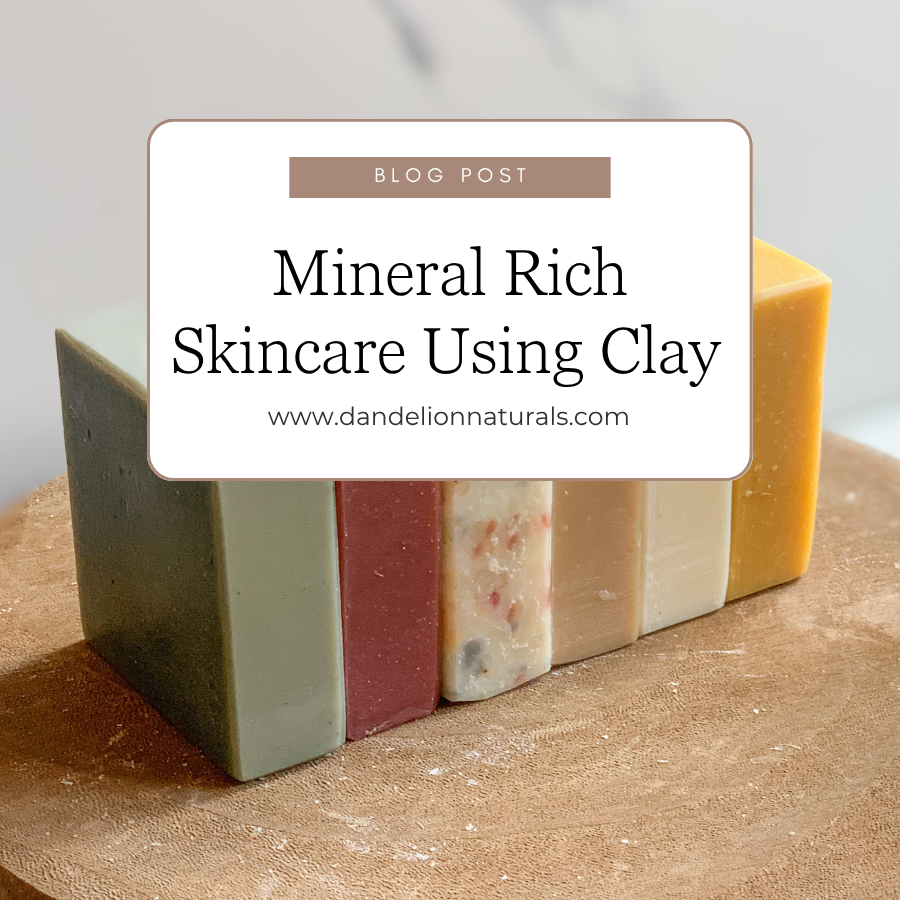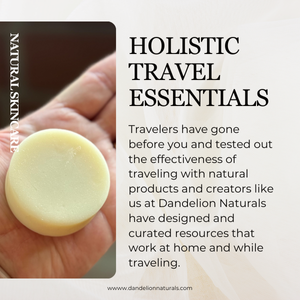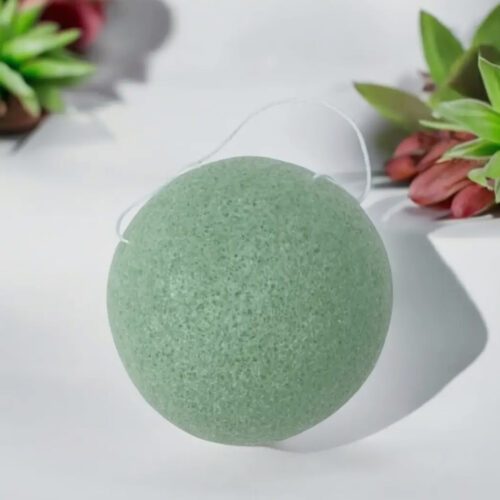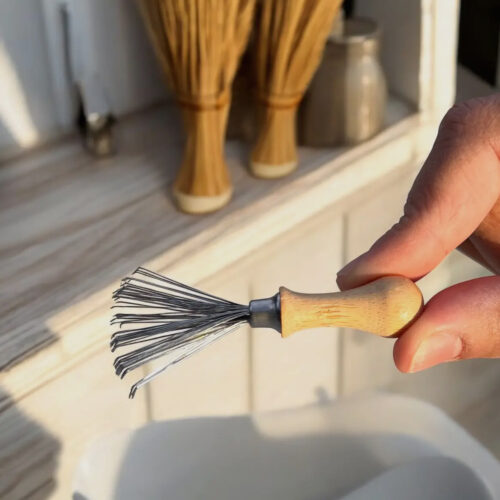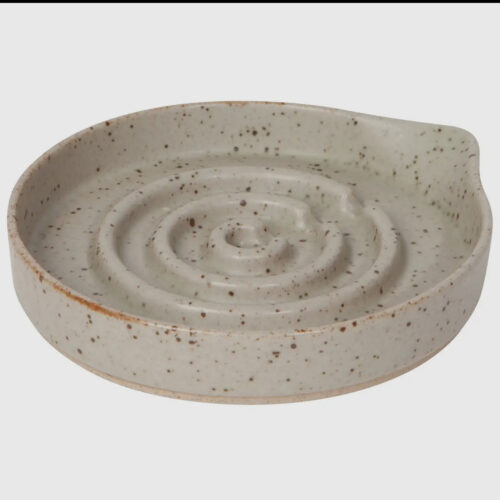The human body has an external microbiome and an internal microbiome. Both need care given to them especially if there are symptoms arising. Research shows about 60 adverse health conditions have now been shown to be associated with oral health. (1) This means that our oral health has a profound impact on the health of the rest of our body.
What affects our microbiome/oral health?
Our oral microbiome may be exposed to air containing Sars-CoV-2, water containing protective fluoride, or many kinds of food, beverages, medications, illicit substances, smoked products, and sometimes the biome of close personal contacts. (2) All of these things can harm the health of the microbiome. But one of the things that plays into our oral health might not come to mind initially is trauma to the face and mouth. This kind of trauma is common, especially in children and young adults. Systemic and local disease and radiation (both therapeutic and environmental) have the potential to modify craniofacial development. Respiratory function also can affect facial development, but the relationship is not well understood. Similarly, jaw function or its absence can affect craniofacial development. There is a need for a more precise understanding of the role of exposure to dietary acid, gastric acid, and chlorine in children’s dental erosion, as well as the potential synergistic interaction with bruxism (teeth grinding). (3) In summary, anything that enters our mouth and the health of our facial structure impacts our oral health and thus impacts more than just our oral health but the health of the whole body.
What effects does oral health have on the body?
In cardiovascular disease, the gingivitis plaque bacteria entering our bloodstream may lead to atherosclerosis and an increased risk of heart attack or stroke. Also in dementia, respiratory infections and diabetes complications may arise due to gum inflammation. Recent advances using molecular methods for the analysis of complex bacterial communities have shown the richness of the oral microbiome. Failure to follow good oral habits results in prolonged accumulation of biofilm in the form of dental plaque. The plaque forms when pioneer species, so called ‘early bacterial colonizers’ (such as Streptococcus and Actinomyces), adhere to pellicle-coated enamel (saliva-derived proteinous coating on the tooth surface) followed by secondary, plaque forming ‘late colonizers’ (such as Fusobacterium, Porphyromonas, Prevotella, Veillonella, Capnocytophaga, and Actinobacillus) that have the capability to form biofilms with a range of other genera and species. (4) Recurrent infections are also a very real problem that many are facing from recurring UTI’s to Strep infections. However, there are options to improve oral health, thus improving the health of the whole body.
Concerning biofilms they can also colonize mucosal surfaces like the respiratory or gastrointestinal tract, where they are capable of facilitating a disease process or protecting from infections. Dental plaque, for example, is a type of biofilm formed by a sticky collection of bacteria, salivary proteins, and dead cells from the oral mucosa that increases the risk of dental caries. On the other hand, biofilm-forming bacteria on the gastrointestinal tract protect the gut by preventing pathogens like Clostridium difficile from proliferating. (5) Thus biofilm isn’t all bad but an excess anywhere in the human body can create a hardened surface that is harder to break through and will harbor the group of bacteria. A couple of examples are: Cellular defense is important to combat physical threats such as displacement by a flowing fluid or removal by the immune system. The polysaccharide coating on the biofilm acts as an adhesive to attach the colony to a surface. This prevents removal of the cells by physical force. It also prevents penetration of the biofilm by the immune system or antibiotics. Biofilms can be difficult to remove and can cause risks to human health. For example, with cystic fibrosis a biofilm can form in the lungs leading to adverse symptoms. Dental plaque is another example of a bacterial biofilm; this can lead to cavities and gum disease. A number of other bacterial conditions may also be caused by biofilms including cholera, tuberculosis, and Legionnaires disease. (6)
Keep in mind that “while the mouth is arguably the most well-studied microbial habitat in our body, out of the 774 known oral bacterial species, one-third are considered microbial “dark matter.” (8) And some of these oral bacteria relationships are not all bad bacteria but form a defense against other bacteria.
Ways to improve oral health:
Using a tongue scraper is a great way to improve oral health along with teeth brushing.
Tongue scraping offers the benefits of:
Reduces Bad Breath: One of the primary benefits of tongue scraping is its ability to combat bad breath, also known as halitosis. By removing bacteria and food particles from the tongue’s surface, tongue scrapers help eliminate the root cause of foul odors.
Improves Oral Health: A clean tongue contributes to better overall oral health. By reducing the presence of bacteria and plaque on the tongue, scraping can help prevent tooth decay, gum disease, and other oral health issues.
Enhances Taste Perception: A coated tongue can dull your sense of taste, affecting your ability to enjoy food fully. Regular tongue scraping can help restore taste sensitivity by removing the layer of debris that inhibits taste buds.
Promotes Fresh Breath: Tongue scraping not only eliminates bad breath but also promotes long-lasting freshness. By incorporating tongue scraping into your daily oral care routine, you can enjoy a cleaner mouth and fresher breath throughout the day.
Supports Digestive Health: The tongue plays a crucial role in the digestive process by aiding in the detection of flavors and the initiation of saliva production. By keeping the tongue clean, you can support optimal digestion and overall gastrointestinal health. (7)
Dandelion Naturals has a rose-colored stainless steel tongue scraper that is not only aesthetically pleasing but effective. You can find this tongue scraper at: https://dandelionnaturals.com/product/tongue-scraper/

Using a toothbrush is also a proven way to improve oral health. But have you effectively been using a toothbrush? The ADA recommends that: “People place the toothbrush against the gum line at a 45-degree angle to remove plaque from above and just below the gingival margin, and move the toothbrush gently back and forth in short strokes.” To clean the inside surfaces of the front teeth, they should tilt the brush vertically and make several up-and-down strokes.
Regardless of the technique used, brushing should touch upon all surfaces—inner, outer and chewing. Also, when brushing, the ADA recommends that people use a soft-bristled toothbrush and apply gentle pressure, both of which may help reduce the risk of gingival injury.” (9)
Dandelion Naturals has two toothbrushes available. Both of these toothbrushes are made with sustainable materials and are plastic free making them much more eco-friendly than supermarket plastic toothbrushes.
You can find the Adult Bamboo Toothbrush at: https://dandelionnaturals.com/product/bamboo-toothbrush-adult/
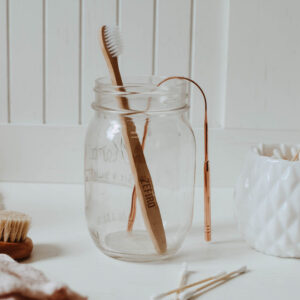
And the Kids Bamboo Toothbrush can be found at: https://dandelionnaturals.com/product/bamboo-toothbrush-kids/

Conclusion:
Dentists recommend that tongue scraping and toothbrushing be done twice a day. And taking these small steps of caring for your oral microbiome may have profound impacts on your overall health and well-being. We are proud to supply oral health products that are environmentally safe and effective.
Resources:
https://www.ncbi.nlm.nih.gov/pmc/articles/PMC9480844/ (1)
https://biofilms.ac.uk/oral-care-innovation-hygiene-and-consumer-behaviour/ (4)
https://www.osmosis.org/answers/biofilm (5)
https://biologydictionary.net/biofilm/ (6)
https://wellspring.dental/the-role-of-tongue-scrapers-in-oral-hygiene-benefits-and-best-practices/ (7)
https://www.nidcr.nih.gov/news-events/nidcr-news/2024/exploring-mouths-microbial-wonders (8)
https://www.ada.org/resources/ada-library/oral-health-topics/toothbrushes (9)


